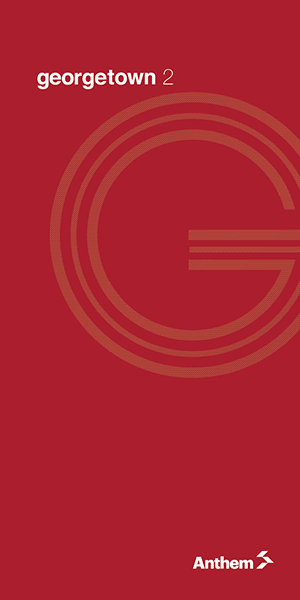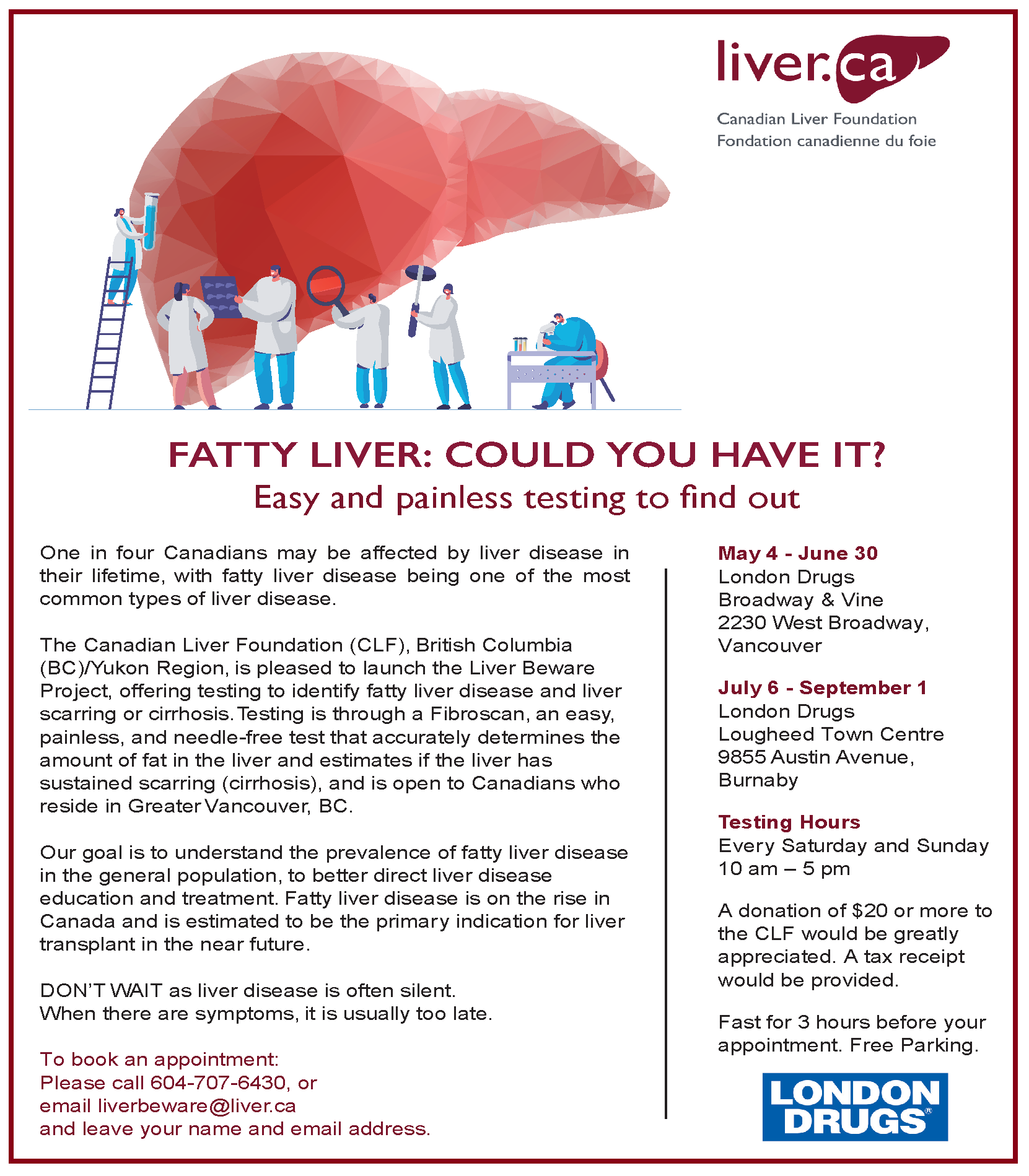CHRYSTIA Freeland, Deputy Prime Minister and Minister of Finance, on Monday released Supporting Canadians and Fighting COVID-19: Fall Economic Statement 2020. This plan will continue to protect Canadians’ health, jobs and the economy, the federal government said.
The government said its priority continues to be fighting COVID-19 and protecting Canadians’ health and safety. It said it has provided extraordinary support to provinces and territories to this end.
Canada has also secured the most diverse portfolio of vaccine candidates of any country in the world, with agreements for up to 429 million doses from seven leading candidates. And when a safe and effective vaccine is available, the government said it will make it available, for free.
Until such time, testing and tracing continue to be critical in our defence against the virus, and that is why the government said it has procured over 38 million rapid tests, which is three times the total number of tests performed in Canada since the pandemic began. “Recognizing the tragic deaths from COVID-19 that we saw in the spring, the Fall Economic Statement moves forward with a plan to set new national standards and seeks to establish a new $1 billion Safe Long-term Care Fund that will help provinces and territories protect seniors and our most vulnerable,” it added.
The government said: “The Fall Economic Statement also provided an update on the Canadian economy, showing that the Government of Canada’s unprecedented investment has effectively managed to stabilize the economy through the crisis. Nearly 80 per cent of the jobs lost at the start of this crisis have been recouped and bankruptcies are well below levels prior to this pandemic.
“However, many businesses continue to face significant challenges as Canadians limit physical contacts and employment gains have been slower for women, young people, racialized Canadians and lower income workers. The coming months will be difficult and ongoing fiscal support will remain necessary deep into 2021 in order to protect jobs and prevent widespread permanent losses in our economy.”
The government said that once the virus is under control, it will invest in a growth plan of roughly three to four per cent of GDP, up to between $70 and $100 billion, over three years, to jumpstart Canada’s recovery. Time-limited investments will build Canada out of this recession towards an economy that is cleaner, more inclusive, more innovative and more competitive. The Fall Economic Statement puts a down payment on this growth plan, investing in measures that can be safely implemented now and begins work on transformative initiatives such as a Canada-wide Early Learning and Child Care System, programs to support the economy’s green transformation and initiatives to address systemic racism.
“Canada entered the pandemic in a position of strength, with the lowest debt-to-GDP ratio among G7 peers, a position it still retains. Our history of prudent fiscal management and current historically low borrowing rates have meant that Canada’s debt is affordable now, and will be for future generations. In fact, federal debt-servicing costs, relative to the size of Canada’s economy, are at a 100-year low,” the government said.
It added that its fiscal management remains prudent and responsible, including for future generations. It said the Fall Economic Statement will support Canadians through this crisis and ensure Canada’s future economy is resilient, inclusive, and strong for everyone.
Freeland said: “Our government’s plan is focused on fighting this pandemic, supporting Canadians and ensuring that once the virus is defeated we can invest in growth and jobs for everyone. We will do whatever it takes to help Canadians through this crisis. We will invest in every necessary public health measure. We will support Canadians and Canadian businesses in a way that is targeted and effective. And we will ensure the Canadian economy that emerges from this pandemic is greener, more inclusive, more innovative, and more competitive than the one that preceded it, with a stronger, more resilient middle class.”
Quick Facts
- * To date, more than eight of every 10 dollars spent in Canada to fight COVID-19 and support Canadians has been spent by the federal government and this unprecedented support has prevented economic scarring and stabilized the economy.
- * The Fall Economic Statement proposes new measures to see Canadians through the pandemic and support a robust and resilient recovery, including:
- To fight COVID-19, investments in testing and tracing, procurement of personal protective equipment, and a suite of measures to protect people in long-term care, and $150 million to improve ventilation in public buildings and help reduce the spread of COVID-19.
- To support businesses big and small through the second wave, increasing the maximum rate of the Canada Emergency Wage Subsidy to 75 per cent for the period beginning December 20, 2020 and extending this rate until March 13, 2021, and extending the current rates of the Canada Emergency Rent Subsidy and Lockdown Support until March 13, 2021. Both programs will be there for businesses until June 2021.
- To support Canada’s hardest-hit industries, like tourism, hotels, arts and culture, and the air sector, new support including the new Highly Affected Sectors Credit Availability Program.
- To help families with young children through the pandemic, provide temporary support of up to $1,200 in 2021 for each child under the age of six for families entitled to the Canada Child Benefit.
- To make a down payment on our recovery, support for Canadians to make their homes greener and more energy efficient, a plan to plant 2 billion trees and laying the groundwork for a Canada-wide Early Learning and Child Care System.
- * On Monday, the Department of Finance Canada also released the Annual Financial Report of the Government of Canada for 2019–20. This annual publication provides an overview of the government’s spending and revenue for the previous fiscal year and highlights the factors affecting these results.














